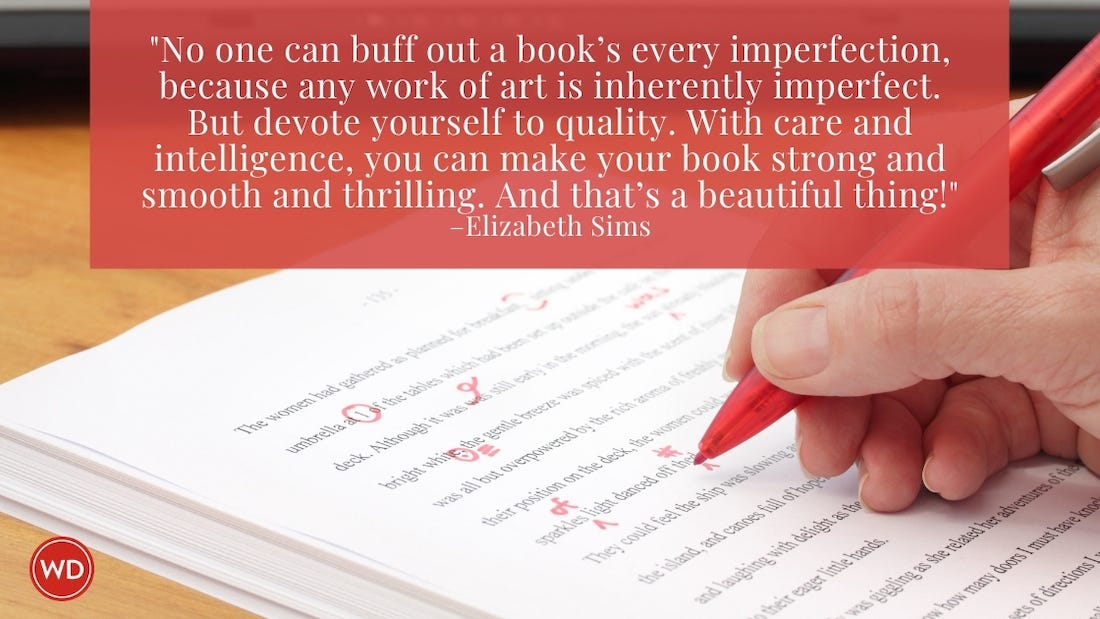An editor said my exposition in the first chapter is too long. Can you tell me how much exposition I should have?
from The Beginning Writer’s Answer Book, edited by Jane Friedman You’ve heard the old writing directive Show, don’t tell; think of exposition as the telling part of writing—the scene-setting explanation…
You’ve heard the old writing directive Show, don’t tell; think of exposition as the telling part of writing—the scene-setting explanation that provides back story, context, or description. The reason writing instructors caution against too much telling is that readers are generally more interested in and engaged by showing. For this reason, economy of language in exposition is key: Everything in your exposition should have a purpose, whether it is to give tone or mood, to describe the setting and time, to characterize, or to provide necessary background. One thing beginning writers often forget is that background information doesn’t have to come in the first paragraphs of the novel. The reader doesn’t need to know what you’re telling him, and you’re likely to lose him quickly if you start with a long, uninteresting history. However, if you start off with an interesting situation that grabs the reader’s attention, he will demand explanation. Then breaking into the flow of the plot is more easily justified.
Scott Francis is a former editor and author of Writer's Digest Books.









